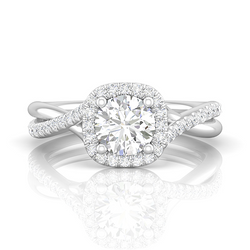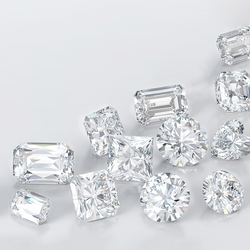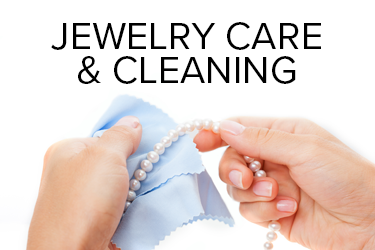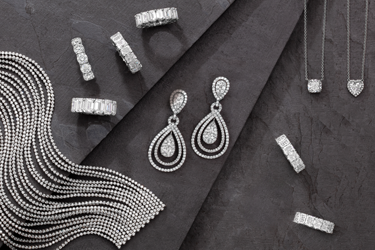We realize it's not always convenient to have your jewelry professionally cleaned at one of our locations. Here are a few practical tips from our experts to keep your jewelry looking its best at home.
This website uses cookies so that we can provide you with the best user experience possible. Cookie information is stored in your browser and performs functions such as recognising you when you return to our website and helping our team to understand which sections of the website you find most interesting and useful.














